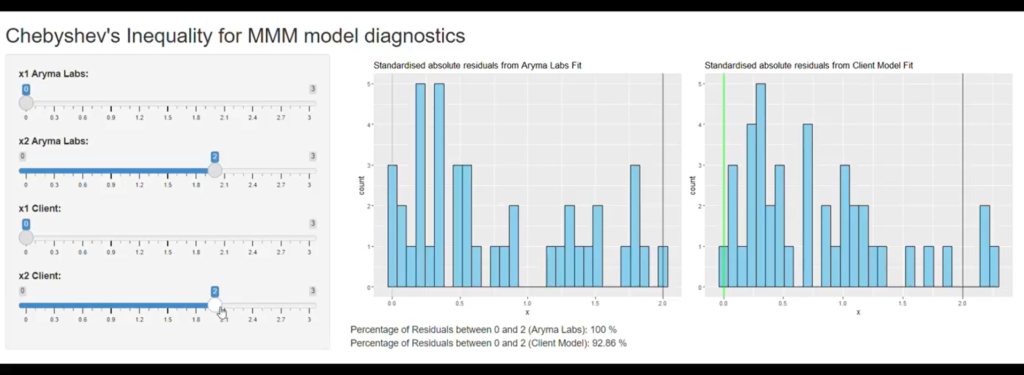In this article, I would like to introduce you to the concept of elasticity.
So, What is Elasticity?
Elasticity is a measure of the degree to which one variable would be impacted as a result of change in the other variable.
In MMM, if you have sales as a dependent variable, elasticity would be defined as the degree to which sales would be impacted as a result of change in an input variable.
Or it indicates how responsive sales or market share is towards the various marketing inputs
Usually, elasticity is calculated at 1% or 5%. This could differ based on the analysis level determined by the company
Elasticity at 1% means: How much percent change in sales/ market share is caused by 1 % change in a marketing input.
Now the next question:
How to compute elasticity?
The formula for Elasticity is:

Numerator=Delta(Sales)/Sales
where Delta(Sales) = Sales at time (t + 1)- Sales at time (t)
Sales = Sales at time (t)
Denominator = Delta(Price)/Price
where Delta(Price) = Price at time (t + 1)- Price at time (t)
Price = Price at time (t)
Numerator=Delta(Sales)/Sales
where Delta(Sales) = Sales at time (t + 1)- Sales at time (t)
Elasticity in action:
Elasticity can be computed and interpreted at various levels in an MMM:
1.Elasticity for different marketing inputs at 1% and 5%:
Elasticity is computed for different marketing inputs using the simulated time series data starting with the minimum value of that input and going up to the maximum value which the vintage has seen.
For linear variables, this elasticity is 1 as illustrated below:

For non-linear marketing inputs like TV ads, Digital and other media, the elasticity is not 1, as sales figures are computed taking into consideration the adstock component of these marketing inputs.
2. Elasticity for different scenarios for a marketing input:
Let’s say we need to arrive at the optimum price of the product which would yield maximum revenue.
Price Sensitivity can be computed at different % change in price.
We can plug-in different values of percentage change in price and find out corresponding sales percentage change.
In other words, this indicates the impact of price changes on the sales of the product.





